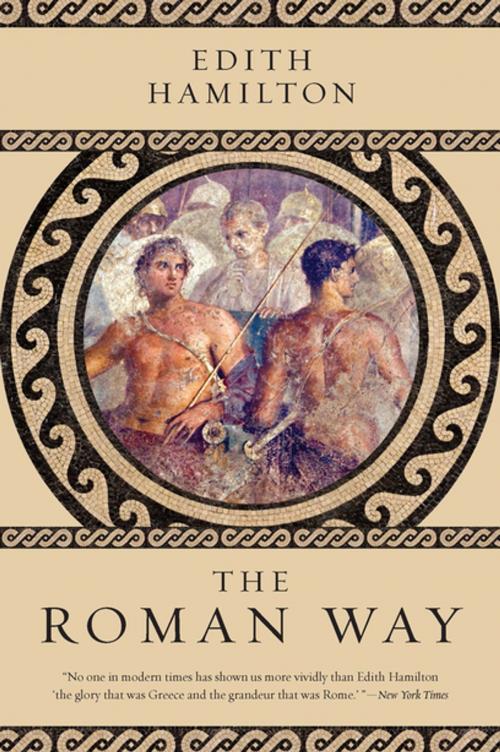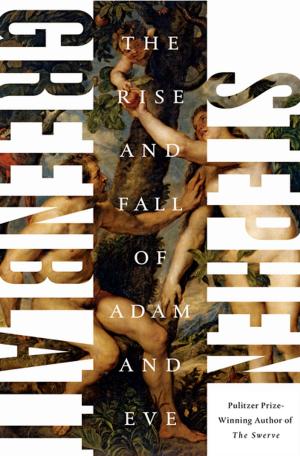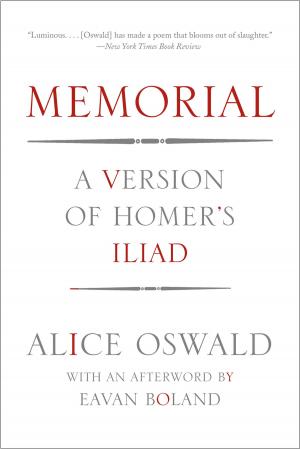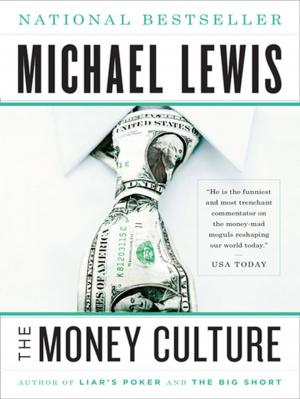| Author: | Edith Hamilton | ISBN: | 9780393634556 |
| Publisher: | W. W. Norton & Company | Publication: | July 25, 2017 |
| Imprint: | W. W. Norton & Company | Language: | English |
| Author: | Edith Hamilton |
| ISBN: | 9780393634556 |
| Publisher: | W. W. Norton & Company |
| Publication: | July 25, 2017 |
| Imprint: | W. W. Norton & Company |
| Language: | English |
Drawing on the greatest writers of its civilization, Hamilton vividly depicts the life and spirit of Rome.
In this informal history of Roman civilization, Edith Hamilton vividly depicts the Roman life and spirit as they are revealed in the greatest writers of the time. Among these literary guides are Cicero, who left an incomparable collection of letters; Catullus, the quintessential poet of love; Horace, the chronicler of a cruel and materialistic Rome; and the Romantics Virgil, Livy, and Seneca. The story concludes with the stark contrast between high-minded Stoicism and the collapse of values witnessed by Tacitus and Juvenal.
“No one in modern times has shown us more vividly . . . ‘the grandeur that was Rome.’ Filtering the golden essence from the mass of classical literature, she proved how applicable to our daily lives are the humor and wisdom of more than 2,000 years ago.”— New York Times
Drawing on the greatest writers of its civilization, Hamilton vividly depicts the life and spirit of Rome.
In this informal history of Roman civilization, Edith Hamilton vividly depicts the Roman life and spirit as they are revealed in the greatest writers of the time. Among these literary guides are Cicero, who left an incomparable collection of letters; Catullus, the quintessential poet of love; Horace, the chronicler of a cruel and materialistic Rome; and the Romantics Virgil, Livy, and Seneca. The story concludes with the stark contrast between high-minded Stoicism and the collapse of values witnessed by Tacitus and Juvenal.
“No one in modern times has shown us more vividly . . . ‘the grandeur that was Rome.’ Filtering the golden essence from the mass of classical literature, she proved how applicable to our daily lives are the humor and wisdom of more than 2,000 years ago.”— New York Times















